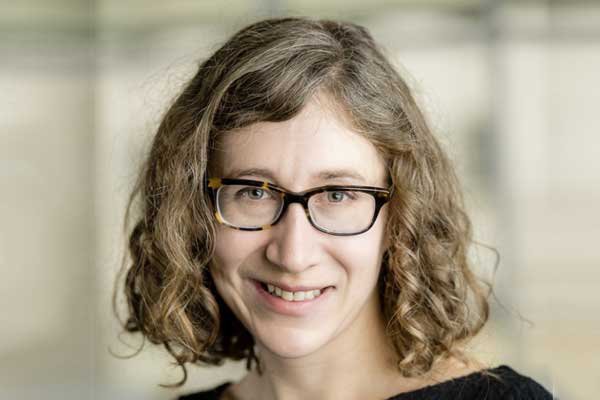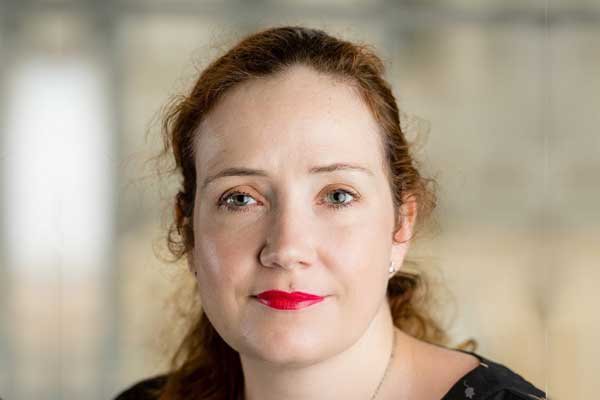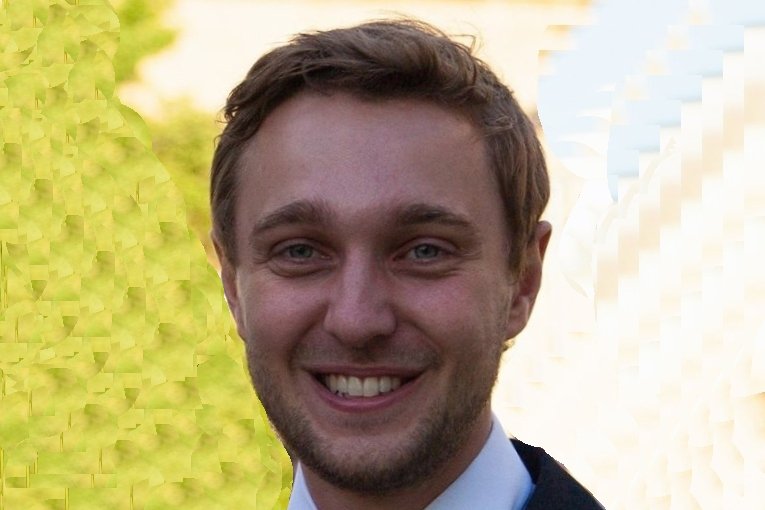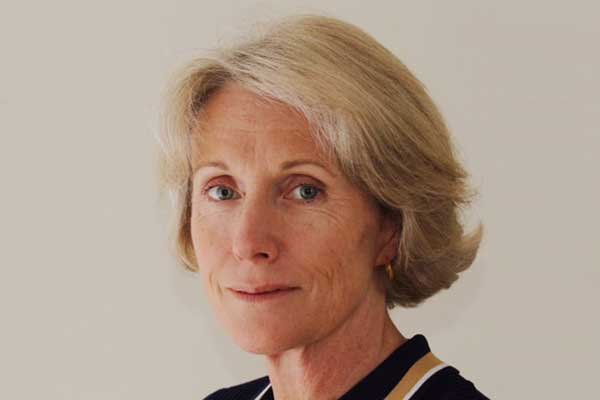Renaissance Skin was a 5-year research project funded by a Wellcome Trust Senior Investigator Award. Based at King’s College London, the project was led by Professor Evelyn Welch and Dr Hannah Murphy. Over the 5 years, we studied the wide range of ways in which skin, both animal and human, was conceptualised and used in Europe between 1450 and 1700, a period of enormous change in terms of global contacts and connections, and scientific innovation.
About
Skin had a multiplicity of meanings in Renaissance Europe, where it was often seen as a mesh rather than a barrier. One example that illustrates this is when considering hair. In this period, hair was regarded as a vapour that hardened after passing through the pores of the scalp. And so, Renaissance treatises on skin included baldness, as well as pox, when discussing diseases.
The connections and divide between human and animal skin are also key to our understanding of how skin was characterised, leading to broader questions of what separated men and women from beasts.
The project explored
- The changing notions of human and animal skin in Europe between 1450 and 1700 through textual, material, and visual evidence;
- The ways in which human and animal skins were connected, differentiated, and displayed both morally and physically;
- The concepts of colour and complexion in an increasingly globalised world;
- The relationship between diseases that disfigured the surfaces of the body, skin care, cosmetics, and clothing.
The aim for our 5 years was to create an interdisciplinary, medical humanities approach to Renaissance skin (human and animal) in Europe, 1450-1700, and break down the divide between the study of human and animal skin diseases.
We are keen to open conversation on our research and the material that we use, and so the Themes section is intended to serve as a portal into some of our findings. Here, under the categories of ‘Defining’, ‘Breaking’, ‘Living’, ‘Consuming’, ‘Protecting’, and ‘Misbehaving’, you will discover sources that we have found interesting and have helped to shape our thinking. Thumbnail images of the sources within each category appear to the right of the screen, allowing you to jump to a particular source, or you can simply explore them all by scrolling down through the page. Clicking on the main image of the source will pull up a larger version – allowing you to focus on the details – and from here you can scroll through each source in a linear fashion
We are grateful for input and guidance from our Advisory Board:
- Professor Jonathan Barker, King’s College London (About)
- Professor Steve Connor, University of Cambridge (About)
- Professor Kevin Siena, Trent University (About)
- Professor Abigail Woods, University of Lincoln (About)
We would also like to acknowledge the support of the Wellcome Trust for generously funding this 5-year project.







